I used to have a chrome Leica M2. I used it pretty extensively for about a year, and then I dropped it on a sidewalk. Yes, I do die a little inside when I think about that moment. The hit made some big dents and separated the viewfinder prism, and although I was able to get it to a repair shop and put a couple more rolls through it, it was an imperfect repair and it was only barely useable afterwards.
When I finally got around to replacing it, I picked up a black Leica M4P. Now that I’ve put a few rolls through that camera, I have to say that I prefer the M4P over the M2. It’s just a little bit more practical as a daily shooter. I know that I’m in a minority on that, so let me explain. I’ll start by listing the pros, the cons, and the things that don’t really matter:
Things I like more about the M2:
- The old school film advance lever. I’m just not a fan of the two piece metal and plastic advance lever that’s standard on Leicas M4 through M7. It’s a little harder to hook your finger around it to advance the frame, and although the plastic part at the end doesn’t feel flimsy or anything, I can’t really figure out why its there when a solid piece of metal works great. I think I’ll replace this at some point when I have more money on hand, just because I can (but not because it’s necessary).
-
The old school rewinding knob. The rewind knob on the M2 feels just as solid and sturdy as the rest of the camera, and the rewind knob on the M4P feels like it was glued on from an entry level Canon SLR from the mid 1990s. I’m genuinely surprised that they put something so dinky on a camera body that is otherwise built like a tank. The whole mechanism wiggles quite a bit on the M4P, the metal rewind knob itself is just a thin sheet of aluminum that’s stamped into the shape of a rewind knob, and although the little handle that pops out for rewinding is slightly faster and convenient, it is also extremely fragile and there’s no point to having it these days since nobody shoots so much film anymore that they need to frantically rewind a roll to get the next shot. From what I understand you can cannibalize a heftier brass rewind knob from other cameras and I might look into this too.
-
The logos and the design is a lot classier. I’m not sure that this really counts as an advantage, because most of the time I don’t want anyone noticing me or my camera, but I’m including it anyway because I do appreciate beauty — and let’s face it, the Leica M2 is a notable example of historic design that will stand the test of time. The M4P definitely takes a few steps backwards in this respect.
Things I like more about the M4P:
- The fact that it is black. I didn’t think that I would care either way, but I have really grown to appreciate the fact that people don’t seem to notice my camera as much when it is all black as is the case with my M4P (my particular model even has the red logo covered with vulcanite). I think that this is just because people seem to (correctly) equate the silver chrome, the classy-looking cursive writing on the top plate, and the various other visual flourishes like the colorfully decorated ASA dial on the back, with the lasting craftsmanship of a bygone era — whereas utilitarian, dull blacks and greys are more characteristic of the mass produced digital camera gear that everyone is used to these days. The end result is that people rarely ask me about the camera that I’m carrying around, and I just prefer that.
-
The shutter button. The shutter button on the M2 always felt kinda mushy to me. I don’t think that the button itself was mushy; it’s just that it was slightly recessed, and whenever I would press down on the button, some of my finger would also press down on the surrounding metal that isn’t part of the button. This meant that the mushy meat of my finger was modulating the feel of the button, which made the button itself feel mushy. The M4P’s shutter button is slightly more prominent above the surrounding metal, so this doesn’t happen. The M2 might benefit from screwing in a shutter release button, i don’t think that I need one at all for the M4P.
-
The vertical height of the rangefinder patch. This is something that I haven’t heard anyone mention in their reviews: the rangefinder patch is notably taller in the M4P than it is in the M2. I’d peg it at about 20-30% taller. This actually makes a significant difference for me, simply because the increased height gives me more information to work with when I’m trying to align the two images for perfect focus. This is particularly useful when focusing on faces because I can usually see the entire vertical height of someone’s face inside the taller focusing patch, and that makes it much easier to nail focus quickly.
-
The resetting film counter. I would constantly forget to reset the film counter on the M2, so I am very excited about the M4P’s ability to automatically reset every time I open the bottom plate.
-
That the ISO/ASA dial in the back is just a flat sticker that doesn’t move. The smooth, boring dial on the back of the M4P actually has a good grip to it and I actually use it as a sort of thumb grip when I’m holding the camera. The M2’s dial, on the other hand, was a bit jiggly because it has a spring-loaded twisting mechanism, and the design was textured in a way that made it less useful as a grip aid.
-
The rapid loading system on the M4P is so much better.
Things that other people have freaked out about and I don’t really mind:
- The extra framelines. I’ve been shooting mirrorless for the past six or seven years, so I’m used to seeing all sorts of histograms and random information displays crammed into my viewfinder. Having a few extra dots and lines in my rangefinder really doesn’t register for me.
-
the build quality and “feel.” I don’t know. I guess it feels different? Maybe it’s slightly smoother? Perhaps the M2 feels more buttery than the M4P (whatever that means). I don’t really know one way or another. Unfortunately I wasn’t able to hold both cameras at exactly the same time because the eBay sale for my M2 wrapped up a couple of days before my new M4P arrived (because of a shipping mistake). So while I can’t definitively say that’s there isn’t a difference in feel, I can definitively say that it’s pretty subtle if it exists at all. Both cameras are built like tanks, both will last you for the rest of your life, and I would describe the feel of both cameras as incredibly smooth. Unless you’re constantly alternating between the two, you simply won’t be able to notice a difference. My advice is to simply be thankful that you’re shooting a Leica, and look elsewhere for important differences between the various models.
So those are my instincts about these two cameras after using them for a while. The M4P is simply a much more practical camera. For my purposes, and as far as I’m concerned, the only serious downside is the rewind lever. But I can get over that, and maybe an upgrade will make it better.
But beyond that, the M4P has a much better film loading mechanism, a better shutter button, it’s probably the most affordable black Leica out there, and I actually prefer the way that the rangefinder window is setup.
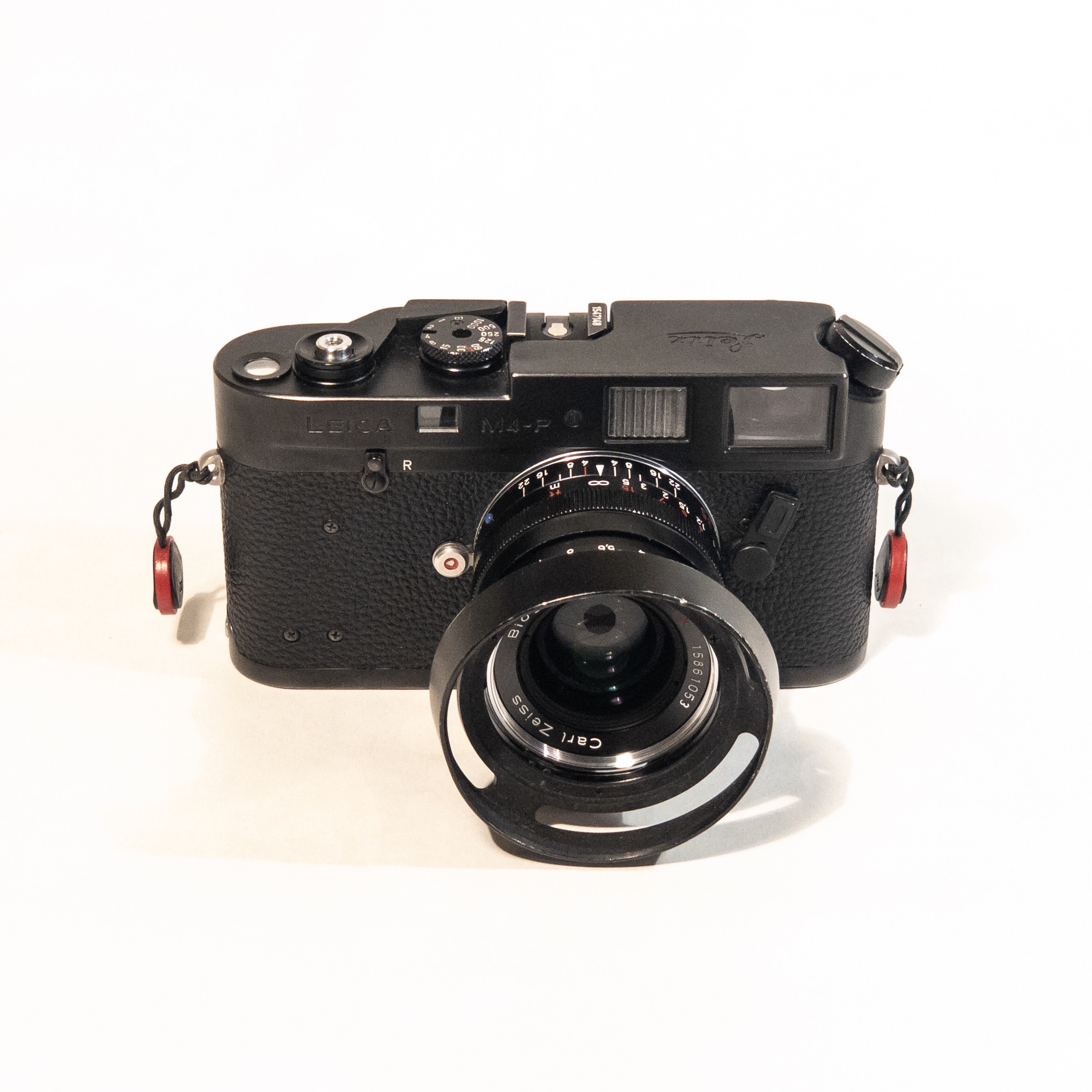
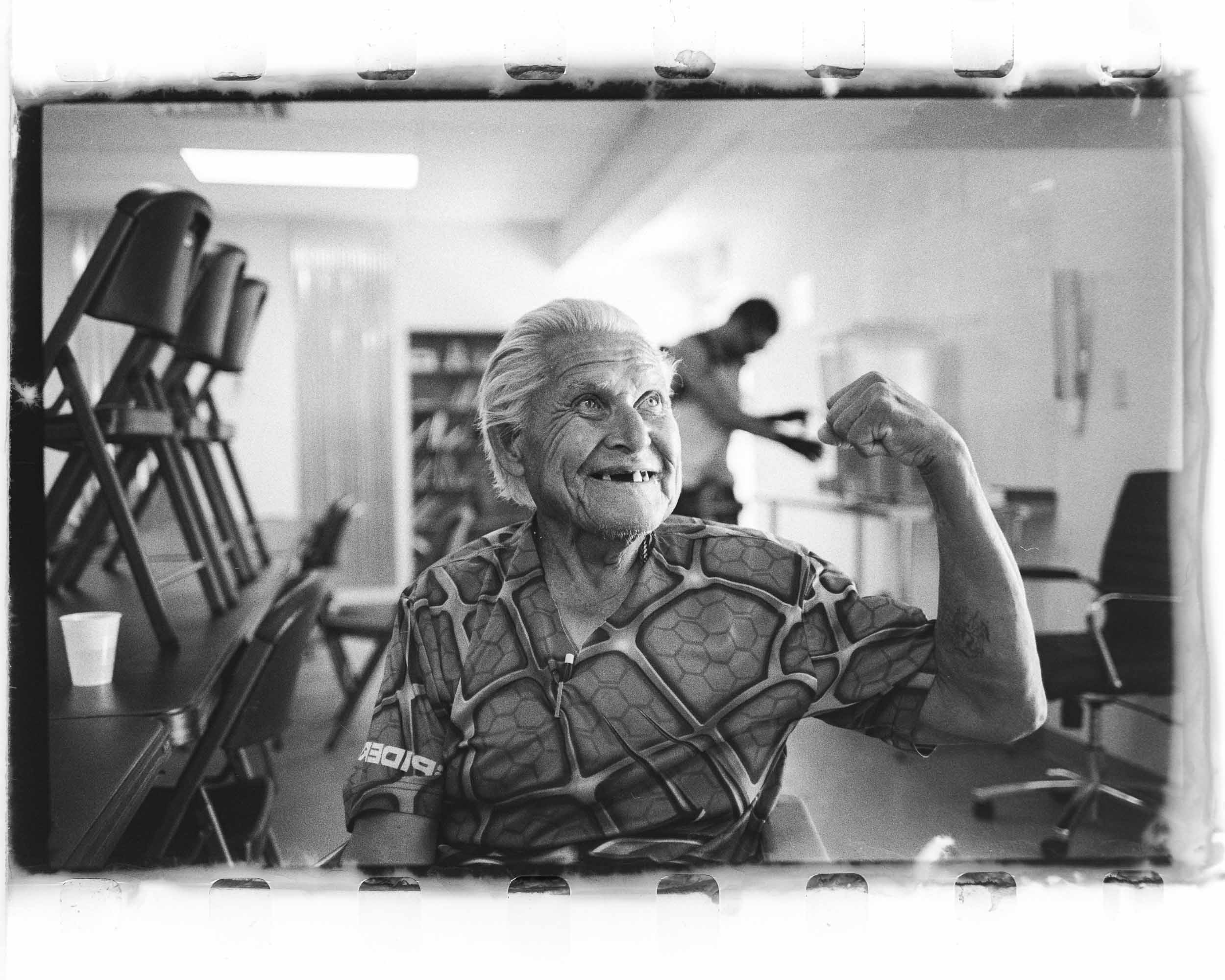

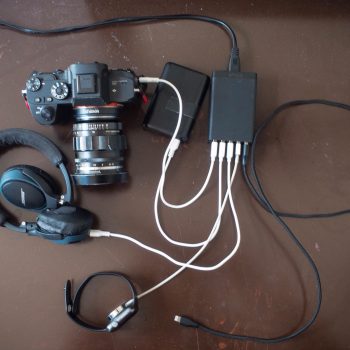
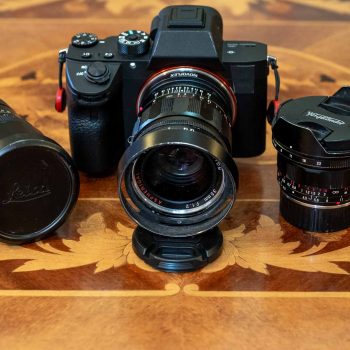
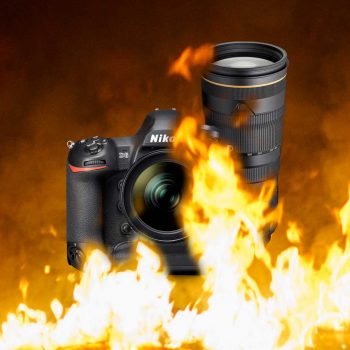

2 Comments
Nice comparison and perspective on an underappreciated classic. Thanks for sharing.
I have both an M4-P and an M2, and I can appreciate why you prefer the M4-P. I bought my M4-P first and used it for 10 years until a friend said she had an M2 that she no longer used and sold it to me for a bargain price. The M4-P is a far more convenient camera to use; the film counter and rapid film loading certainly make life easier. But… there’s something about the M2 that I find very charming and old-fashioned: it’s “prettier” than the M4-P and is a satisfying connection to a vanished world of craftsmanship and a style of photography that’s obsolete. This isn’t logical, I admit, but that’s how I view the two cameras.
Regards, Paul